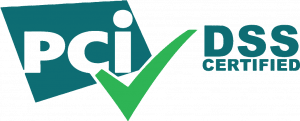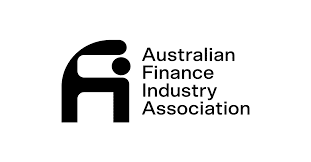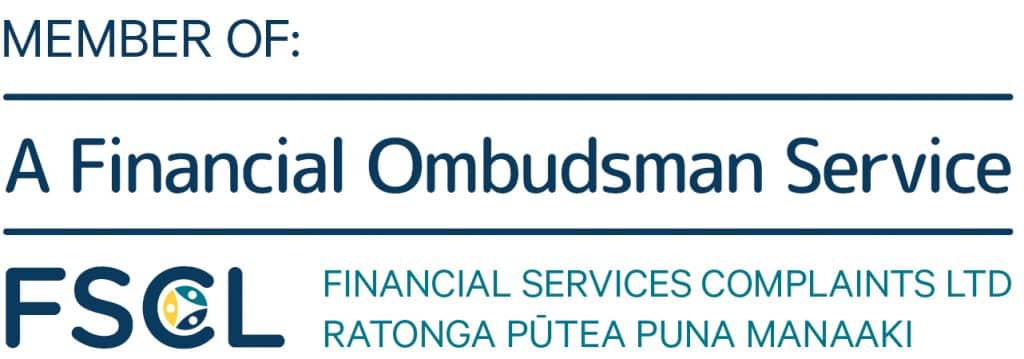A fake check or a fake money order is not a simple mistake. Learn how to spot a fake check or a fake Western Union money order.
Fake checks and money order scams are much more common than you might assume. According to statistics compiled by the U.S. Federal Trade Commission (FTC), Americans alone lost more than $28 million to fake check scams in 2019. And that doesn’t include fake money orders. Their median loss was $1,988, which represents more than six times the median loss on all scams the FTC monitors. Half of all victims were scammed in connection with an offer of employment, and 18% more as a result of an online sale or purchase.
What is even worse is that fake check scams jumped by approximately 65% between 2015 and 2019. Unlike many other scams, the typical victims were found to be young. In 2019, people in their twenties were more than twice as likely to be victims of fake check scams as those who were 30 and above.
There’s a common denominator behind all scams involving fake checks and money orders. You are sent a check or money order (usually for more than is needed), deposit it, and then forward some of that money to a third party or back to the scammers themselves. And all of that will happen before your bank can intervene and warn you that it’s fake.
What makes these scams particularly effective is that relatively few people understand how checks work. When you deposit a check in your account, the money is usually available right away, or very shortly thereafter. But that doesn’t mean the check isn’t forged. It could still be phony, or overdrawn. When your bank realizes that it is bogus a few days down the road, they will debit the full amount from your account. Meaning, you now owe the bank that money.
How Does a Fake Check Scam Operate? How Is a Fake Money Order Used?
You may get an email or a phone call. Or respond to an ad. Either way it’s an offer to work from home. You respond and speak with someone who will ask a few questions and pretend it’s some sort of job interview. The “interviewer” may even pretend to be from a well-known company. It will sound realistic and professional. Don’t worry about how you answer, because ultimately you’ll be told you’re “hired.” Congratulations!
But before you begin, you will need to buy a few items before beginning work. Standard procedure, they’ll say. In any event, it sounds logical. You can’t do the work without the type of a computer or printer or smartphone they require. Or a sample inventory of the merchandise they sell. There are many variations on the theme. You need something they will supply and you have to pay for it in advance. They promise they’ll send you a check or money order to cover your expenses after you start making money yourself. So you send off the money and wait. If they send you anything it will be useless junk. Your “employer” disappears with your payment, and the check they send you bounces. Or it turns out to be a fake Western Union money order. How to make a fake money order? Easy. You can do it online.
Variations on the Theme
A popular variation on the theme is the mystery shopper scam. You’ve been hired to do some shopping for them. They’ll send a check or money order to cover your commission and your shopping expenses, with an “extra” amount to send to the next mystery shopper. Or the system you’re “testing” is the store’s money wiring service or gift cards. Either way, the money you send is really going right back to your “employer.” The scammer gets your money before you realize you’ve been robbed.
Or imagine you’re told out of the blue that you’ve won some sort of lottery or sweepstakes that you don’t remember ever playing. Congratulations! You just need to pay some taxes or fees to release the winnings. No problem! They’ll send you a check or money order to cover it … and by now you know how it ends.
How to Tell if a Check Is Fake?
The best way to avoid falling for scams involving fake checks and money orders is to recognize them from the beginning. Most importantly, don’t take anything for granted.
How to spot a fake check? First, make sure that the bank named on the check itself actually exists. Every country has a national banking regulator or parallel agency that licenses banks and makes a list of them available to the public. In the United States, that list is compiled and published by the Federal Deposit Insurance Corporation (FDIC), and is accessible online. Inspect the check to ensure that In case of any doubt, check with the bank itself. Beware that scammers may slightly alter the name of a real bank in order to confuse their victims. Another trick is to print a phony bank identification number on a copy of a real bank’s check
Fake check scammers can be quite audacious in this regard. One of the most prominent fake check scams, for example, involved the Financial Industry Regulatory Authority, Inc. (FINRA). FINRA is a private corporation that regulates member brokerage firms and exchange markets, which, of course, means that it is a highly trusted institution. That explains why fake checks disguised as having been issued by FINRA have been distributed on several occasions, the last time being in February 2019.
Keep in mind as well that legitimate businesses will almost never send you a check and then ask you to forward that money to a third party. It is a huge red flag. In the event that you really believe that the business is legitimate, never forward any money first. If they say they will send you money, wait until you can verify with your bank that the checking account has sufficient funds or the money order is legitimate. And then make sure your own account has been credited.
No matter how long it takes, do not allow yourself to be pressured or rushed by a stranger demanding money. If they need it right away, and they’re threatening to terminate your job or your earnings, you know why. Report them to the authorities instead.
If you think you’ve been the victim of a fake check or money order scam, contact the fund recovery experts at MyChargeBack.






